When it comes to bathing my furry friend, taking the scrub outdoors adds a splash of fun and freshness to our routine. The historical context of “bathing dog outside” harks back to simpler times when our canine companions roamed freely in nature. Embracing this age-old practice not only ensures a thorough clean but also provides an enjoyable bonding experience amidst the elements. From chasing soap bubbles under the open sky to reveling in the joy of muddy paw prints, each outdoor bath is a unique adventure for both me and my pup. So, let’s dive into the world of bathing dogs outside and discover the delights it brings to our four-legged friends and ourselves.
Key Takeaways
- Choose the Right Day:Select a calm and sunny day for bathing your dog outside to ensure a pleasant experience for both you and your furry friend.
- Consider Temperature:Optimal temperature for outdoor baths is crucial; make sure the water is comfortably warm, not too hot or cold, to prevent discomfort for your dog.
- Control Water Pressure:Manage water pressure to a gentle flow, avoiding high pressure that could startle or distress your dog during the bath.
- Prepare Thoroughly:Set up all necessary supplies in advance, such as dog shampoo, towels, and brushes, to streamline the bathing process and keep your dog calm.
- Create a Safe Bathing Area: Establish a secure and non-slip bathing area outdoors, ensuring your dog feels comfortable and safe throughout the bath.
- Follow Simplified Steps: Break down the bathing process into simple steps, starting from wetting your dog to applying shampoo and rinsing thoroughly for an effective and stress-free bath.
Picking the Perfect Day

Check Weather
Before bathing your dog outside, check the weather forecast to ensure a sunny day. This will provide optimal conditions for a comfortable and enjoyable bathing experience.
Avoid Windy Days
Avoid windy days when planning to bathe your dog outdoors. Wind can disrupt the bathing process by causing water to splash around or making it challenging to keep your dog calm.
Choose a Relaxing Time
Select a time when your dog is relaxed and not too energetic for the bath. This will help in ensuring that the bathing session goes smoothly and without any unnecessary stress for both you and your furry friend.
Ideal Temperature for Outdoor Baths
Test Water Temperature
When bathing your dog outside, always test the water temperature with your hand first. This simple step ensures that the water is not too hot or too cold.
I usually run my hand under the faucet to gauge the temperature. If it feels comfortable to me, then it’s likely safe for my furry friend as well.
Lukewarm Water Comfort
Aim for lukewarm water when giving your dog an outdoor bath. Lukewarm water is gentle on their skin and helps them relax during the bath.
My dog particularly enjoys baths with lukewarm water. It keeps him calm and content throughout the bathing process.
Adjusting Based on Reaction
Observe your dog’s reaction to the water temperature. If they seem uncomfortable or restless, adjust the temperature accordingly.
I pay close attention to how my dog behaves during his bath. If he starts shivering or trying to escape, I know it’s time to make the water warmer.
Managing Water Pressure
Gentle Spray Setting
When bathing your dog outside, it’s crucial to use a gentle spray setting on the hose water. This helps in avoiding startling your furry friend during the bath. A gentle spray ensures a calm and comfortable bathing experience for your pet.
Using a soft and gentle flow of water from the outside hose is essential. This prevents any discomfort or anxiety that high water pressure may cause to your dog. The key is to maintain a relaxing and soothing environment throughout the bath time.
Consistent Water Flow
Maintaining a consistent water flow is vital when bathing your dog outdoors. This ensures that the temperature remains stable and comfortable for your pet. Inconsistencies in water pressure can lead to sudden changes in temperature, which may startle or discomfort your dog.
Pros:
- Prevents startling your dog
- Ensures a calm bathing experience
Cons:
- High water pressure can cause discomfort
- Inconsistent flow may lead to sudden temperature changes
When I bathe my dog outside, I always make sure to adjust the hose water to a gentle spray setting to keep him relaxed throughout the bath. It’s important to be mindful of the water pressure, as too much force can startle him. By maintaining a consistent flow, I ensure that my furry companion stays comfortable and enjoys his bath time.
Preparing Your Dog
Brushing Coat
Brush your dog’s coat before bathing to remove tangles and mats, ensuring a smoother grooming process. This step is crucial, especially for dogs with heavy coats.
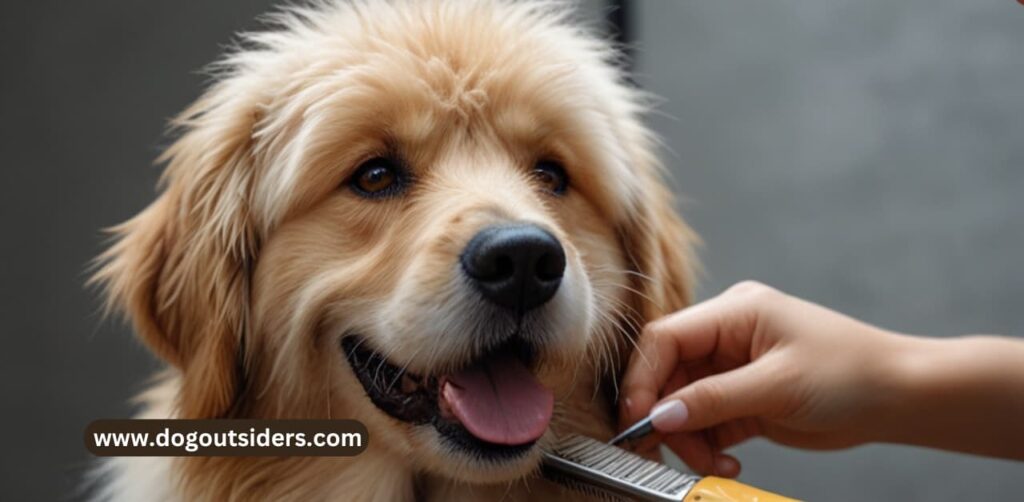
Regular brushing can help prevent dog hair from matting and tangling, making it easier to maintain their overall hygiene. It also allows you to check for any skin issues or abnormalities.
Trimming Fur
Trimming long fur before bathing your dog outside can make the process more manageable and efficient. Focus on areas such as the belly, legs, and tail where fur tends to be longer.
Trimming excess fur not only facilitates the bathing process but also helps in keeping your dog’s coat healthy and free from debris. It also prevents water from getting trapped in the fur during baths.
Checking Ears and Eyes
Before bathing your dog, inspect their ears and eyes for any dirt or debris that may need attention. Use a damp cloth to gently clean around the eyes if necessary.
Regularly checking your dog’s ears can help prevent infections or other issues related to moisture buildup. Ensure that the ears are clean and dry before proceeding with the bath.
In my experience, establishing a grooming routine with my pup has made outdoor baths more enjoyable for both of us. By incorporating regular brushing sessions into our schedule, I’ve noticed a significant improvement in my dog’s coat health.
When trimming my dog’s fur, I always make sure to use proper grooming tools to avoid any accidents or injuries. Keeping the fur trimmed not only aids in bathing but also contributes to better air circulation for my dog’s skin health.
Checking my dog’s ears and eyes before each bath has become a habit that helps me catch any potential issues early on. This simple step has prevented infections and discomfort for my furry companion.
Setting Up the Bathing Area
Flat Surface
Choose a flat and non-slip surface to ensure your dog’s safety during bath time. A flat surface prevents your furry friend from slipping and getting injured.
Towel or Mat
Lay down a towel or mat on the bathing area to provide extra grip for your dog. This simple step can make the bathing experience more comfortable for your pet.
Supplies Within Reach
Have all bathing supplies within reach before starting the bath. This includes shampoo, conditioner, towels, and any other grooming products you may need.
I remember the first time I bathed my dog outside in our backyard. I made sure to choose a flat area and placed a non-slip mat to prevent accidents. Having all the supplies nearby made the process smoother and more efficient.
Personal Touch
When setting up the bathing area, consider adding a bucket or attachment for easy rinsing. This can help you control the water flow and ensure thorough cleaning without wasting water.
Bathing Steps Simplified
Wetting the Coat
Start by wetting your dog’s coat thoroughly with lukewarm water to prepare for shampoo application. Use a gentle spray nozzle or cup to saturate the fur evenly.
Ensure that the water temperature is comfortable for your furry friend, as cold water can be unpleasant and hot water may scald them.
Applying Shampoo
Next, gently massage a small amount of dog shampoo into the wet fur, starting from the neck and working your way down. Avoid getting shampoo in their eyes and ears.

Remember to choose a dog-specific shampoo to maintain their skin’s pH balance and avoid irritation. Look for mild formulas without harsh chemicals or fragrances.
Rinsing Thoroughly
After lathering the shampoo, rinse your dog’s coat from top to bottom using lukewarm water. Make sure to remove all traces of soap to prevent skin irritation.
A thorough rinse is crucial to prevent residue buildup, which can lead to itchiness and dry skin issues later on.
Rinsing and Drying Techniques
Rinse Effectively
To wash your dog outside, use a hose or container to rinse them thoroughly, ensuring all soap is removed. The water pressure should be gentle to avoid startling your furry friend.
After rinsing, moisture can be gently squeezed out of your dog’s coat before towel drying. This helps in removing excess water and expediting the drying process.
Towel Dry and Brush Coat
When drying, opt for a towel first before using a hairdryer on a low setting to prevent overheating. Ensure the hairdryer is kept at a safe distance from your pet.
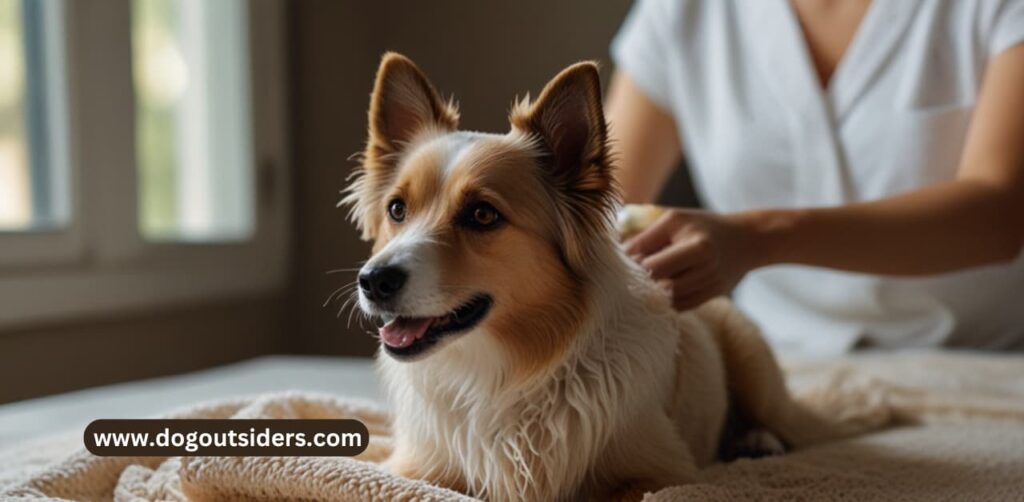
To prevent tangles, brush your dog’s coat gently while drying. This not only helps in maintaining their coat’s health but also prevents matting and discomfort for your pet.
I find that using a detangling spray can be beneficial when brushing my dog’s coat during the drying process. It helps in reducing knots and makes the brushing experience smoother for both of us.
Additional Tips
- Need: Your furry companion may need some time to get accustomed to the drying process outdoors. Be patient and provide reassurance throughout.
- Process: Establish a routine when bathing your dog outside, making it an enjoyable experience for both you and your pet.
After Bath Care
Treats Reward
Reward your dog with treats after a bath to reinforce positive behavior and create a pleasant experience. This positive reinforcement can help your furry friend associate bathing with something enjoyable.
Monitor Signs
After bathing, monitor your dog closely for any signs of discomfort or irritation. Check for redness, itching, or unusual behavior that could indicate a reaction to the soap used or other factors like sensitive skin.
I find that my dog tends to get itchy after baths, so I always make sure to use gentle soap and rinse thoroughly. It’s essential to pay attention to any changes in behavior post-bath.
Regular Baths
Scheduling regular outdoor baths is crucial for maintaining your dog’s hygiene and overall health. Outdoor baths can help prevent skin issues by removing dirt and allergens from their coat effectively.
When giving my dog an outdoor bath, I make sure to use lukewarm water instead of ice-cold water, as extreme temperatures can be uncomfortable for them.
Conclusion:
After following these steps for bathing your dog outside, you’re set for a successful bath time experience. Ensuring the right temperature, water pressure, and setup is key for a smooth process. Remember to be patient and gentle with your furry friend to make it an enjoyable experience for both of you.
Now that you’re equipped with the know-how, go ahead and give your pup a refreshing outdoor bath. Don’t forget to reward them with treats and praise for their good behavior during the bath. A clean and happy dog is a joy to have around, so make the most of your bonding time during bath sessions.
FAQ’s:
The ideal temperature for bathing a dog outside is around 70-80°F. Ensure the water is lukewarm, not too hot or cold, to keep your dog comfortable during the bath.
Prepare your dog by brushing its coat to remove tangles and dirt. Trim long fur if necessary, and gather all necessary bathing supplies like shampoo, towels, and treats before starting the bath.
Yes, it’s crucial to regulate water pressure to avoid startling or scaring your dog. Use a gentle spray setting or low-pressure hose attachment to ensure a calm bathing experience for your furry friend.
Simplify the outdoor bathing process by following these key steps: wetting your dog thoroughly, applying shampoo gently, rinsing completely, and drying using towels or a hairdryer on a low setting.
After-bath care involves drying your dog completely with towels or a hairdryer on low heat, brushing its coat to prevent matting, and rewarding with treats or playtime to create positive associations with bath time.


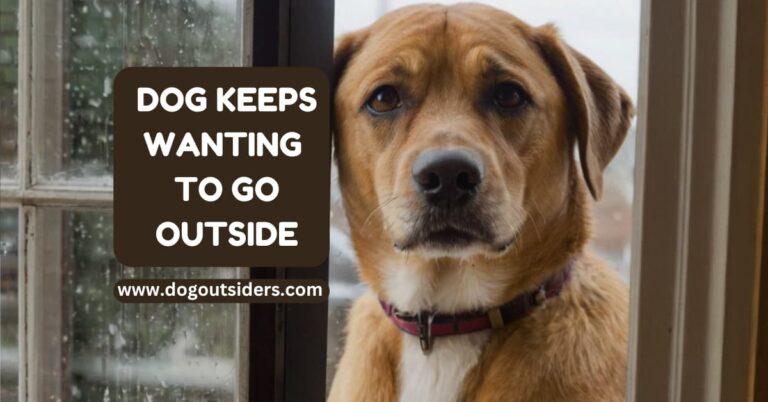

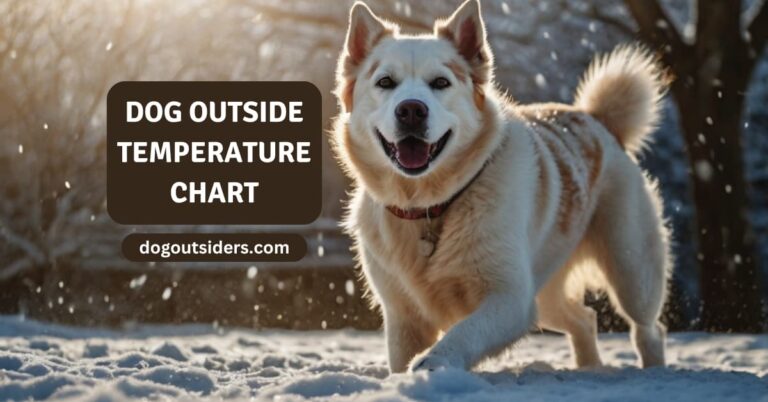
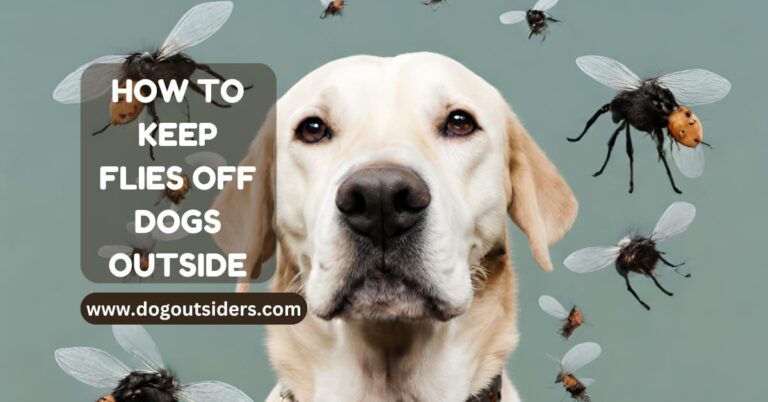
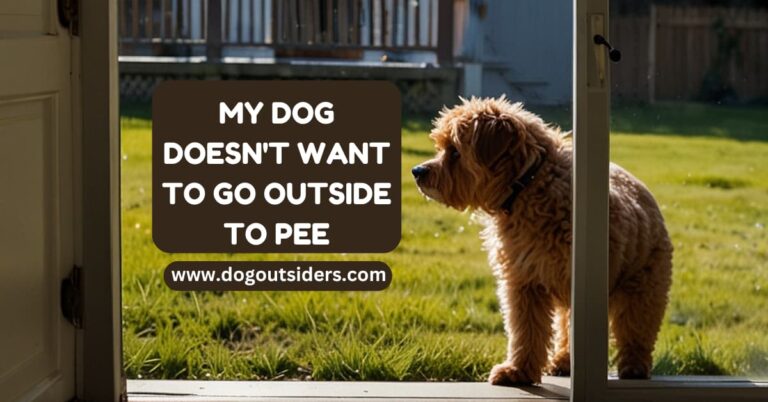
One Comment